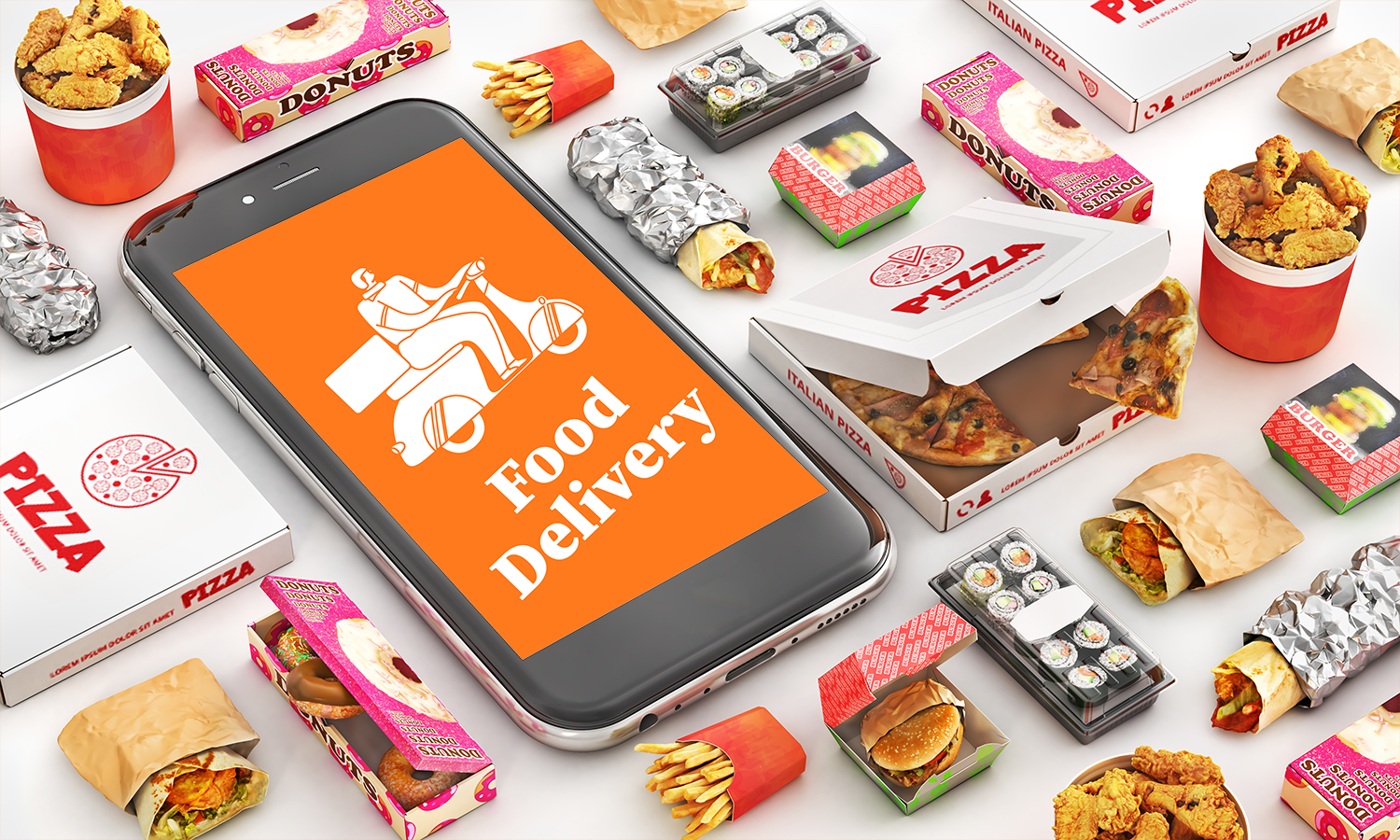By Damon Shrauner, Contributor
Successful foodservice establishments need an agile business model for sustainable growth. Virtual restaurants operate without dine-in service, counters, and service windows. Virtual kitchens are also known as ghost kitchens or dark kitchens. They offer a cost-effective delivery-only business model that can be scaled efficiently. Some virtual restaurants have their delivery personnel or use a third-party service to deliver orders consistently.
In this article, we discuss the pros and cons of starting a virtual restaurant.
Pros & Cons of Starting a Virtual Restaurant
There are various pros and cons of opening a virtual restaurant.
The Pros:
You can serve new and contemporary dishes to your patrons.
You will need less space than a traditional restaurant.
Additionally, you can save on overheads which will help you sustain your business longer.
The Cons:
Some issues that you might face with virtual restaurants include delivery partner-related issues
Costly food aggregators
No control over food presentation
Less customer interaction
5 Pros of Running a Virtual Restaurant
Let’s look at the primary advantages of running a virtual restaurant in a little more detail.
Low Overhead Costs
Virtual restaurants have low overhead costs. These restaurants do not offer dine-in service, so you will not need to hire front-of-house staff, nor do you need the same square footage for a dining area.
These restaurants are optimized for delivery-only, meaning you can save on equipment, utilities, screens, décor, menus, utensils, furniture, and more.
Attracting a Wider Audience of Restaurant Guest
Virtual restaurants help you reach out to a wide range of customers. You can serve more patrons quickly with the help of virtual restaurants and food delivery businesses.
You can also serve multiple cuisines under different operational names, casting a wider net of foodies in your area. All you need is the right ingredients and cooking staff.
Adapt to the Requirements of Online Ordering
Most new restaurants and foodservice businesses have witnessed a surge in online orders. And more than 60% of customers across the US prefer takeouts or online food orders. Virtual restaurants are designed to meet the growing demand for online ordering.
Currently, the food and beverage industry is shifting towards tech-driven virtual restaurants. You can keep your food at the appropriate temperature by using high-quality food holding equipment. Additionally, you can cook various foods consistently without constant monitoring with advanced ovens.
Allow for Menu Flexibility
With virtual restaurants, you can quickly change or modify your menu depending on customer feedback and revenue generated. You can try serving a niche menu or a wide array of dishes for your business.
5 Cons of Running a Virtual Restaurant
Virtual restaurants offer a host of benefits but there are some key disadvantages that you need to know before starting your venture:
Customer Interactions are Minimal
Virtual restaurants offer limited customer interactions, which makes it challenging to retain customers over the long run. It is essential that you have a strong online presence for virtual restaurants. You can try various customer loyalty programs and email marketing strategies to drive repeat orders and more revenue.
Less Control Over the Meal Presentation
There is a limited scope of presenting dishes aesthetically with online virtual restaurants. Visual representation of meals entices customers and helps retain them in the long run, which is only possible in traditional dine-in restaurants.
Virtual restaurants can still use plating aesthetics as part of their online and social media marketing campaigns, but when it comes to your guests actually getting the meal, they be left wonting.
Maintaining Food Quality & Consistency
It is hard to maintain consistency with virtual restaurants. You might have issues while standardizing recipes, monitoring restaurant operations, and delivering quality food constantly. Plus there’s always the issue of food cooling off or just not traveling very well from your kitchen to your guests front door.
Using Third-party Delivery Services Can be Costly
Third-party delivery solutions used by virtual restaurants can be expensive in the long run.
For deliveries, the timing and accuracy of each delivery are essential. Additionally, you need to rank up on a food aggregator’s app to generate enough revenue. Most food delivery services and aggregators charge up to 40% of your total earnings per order.
Providing your own in-house delivery team is an alternative option, but that comes with its own list of overhead to worry about, such as wages and fleet management.
Managing Your Online Reputation's Challenges
Virtual restaurants face challenges while maintaining their online reputation. Many competitors can try to tarnish the image of your restaurant. You need to keep your online brand reputation diligently. For example, issues related to delivery partners or a bad application experience can result in the loss of future business.
Why Open a Virtual Restaurant
Virtual restaurants have become popular across the world. You can run a successful virtual restaurant if you hire the right staff, invest in the right technology, and market your business digitally. These restaurants are low-risk and highly adaptable; you can scale these businesses exponentially.
Virtual restaurants can deliver huge returns on investment. You can experiment with your menu, attract a wider audience, and get data-driven insights. If you plan to open a virtual restaurant, always have a well-researched business plan. Your plan should cover all the essential factors that will help your business become profitable.
About the Author:
Damon Shrauner, Senior Sales Consultant and VP on B2B Sales at ChefBuyer working in the foodservice equipment sector since 1994. With his expertise in market analysis, product placement, sales, and project management, he will always tell you what to do for the best of your business.







